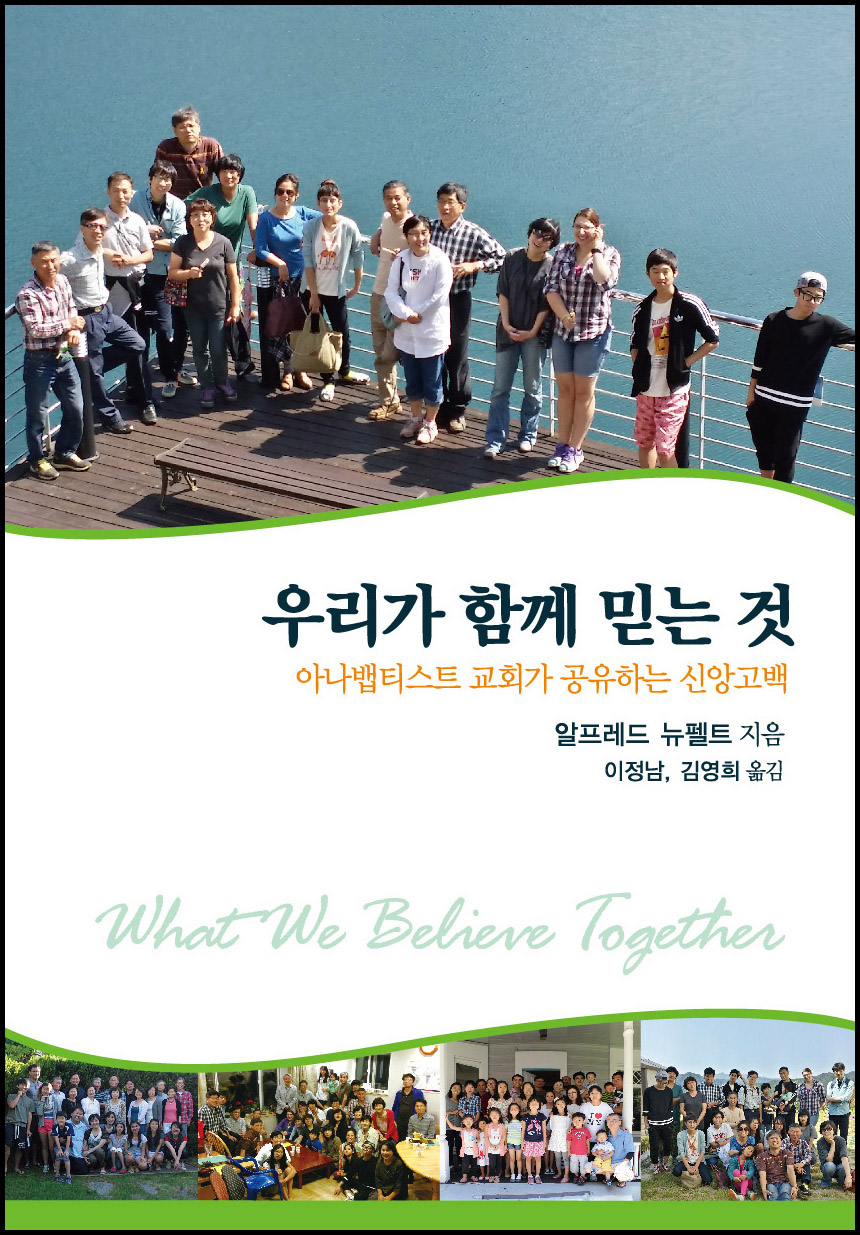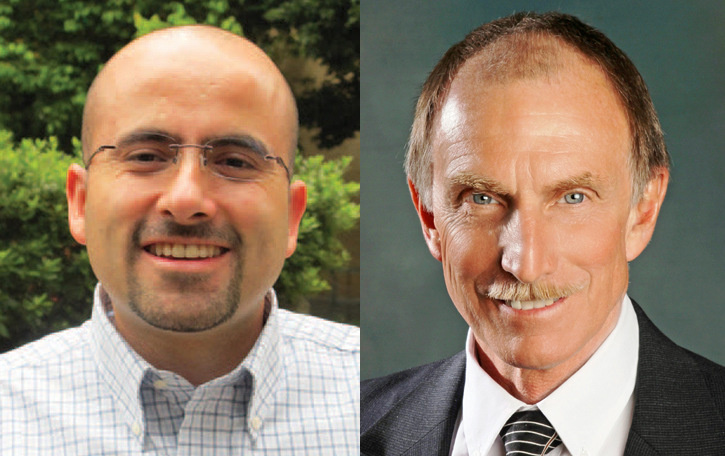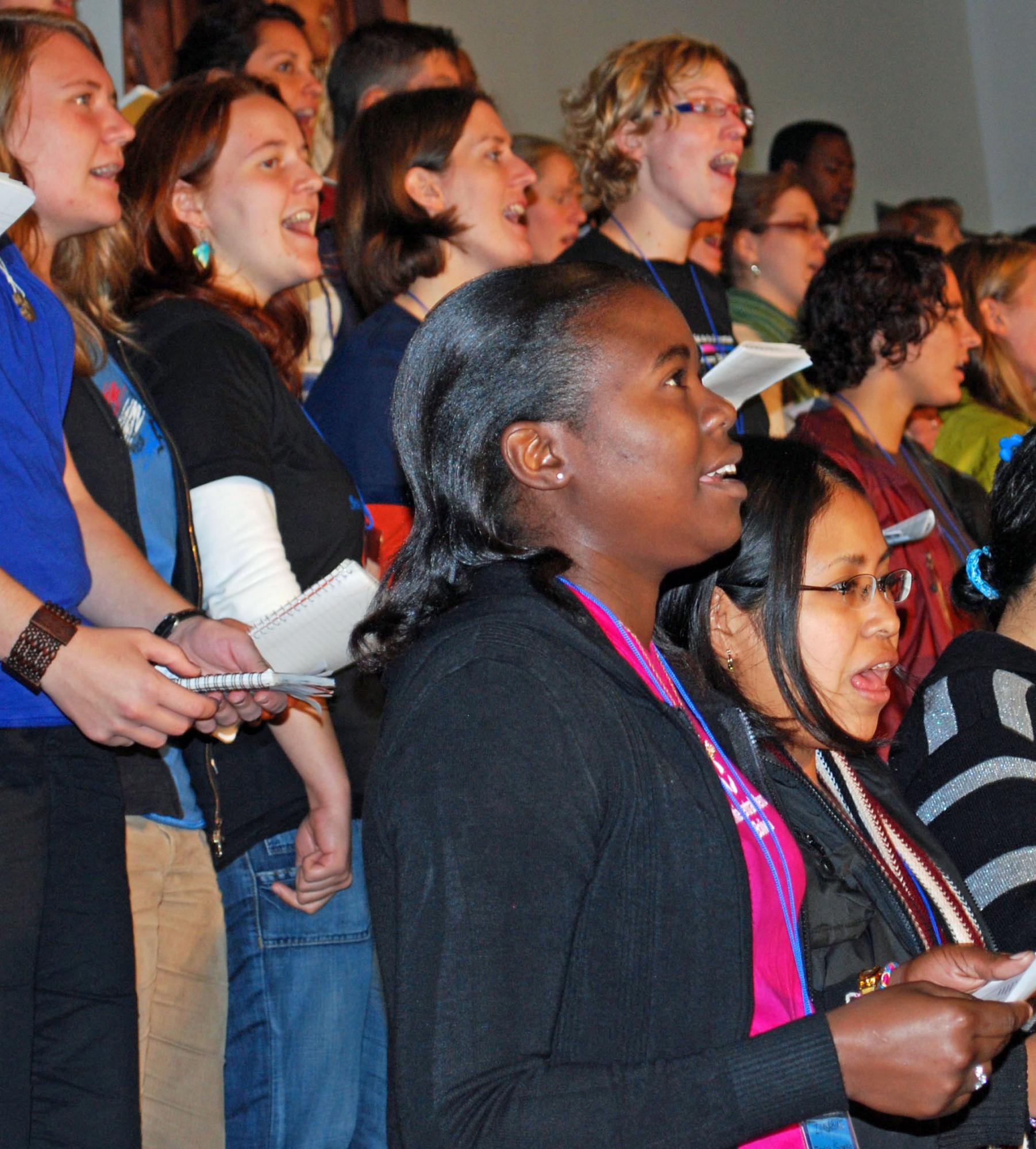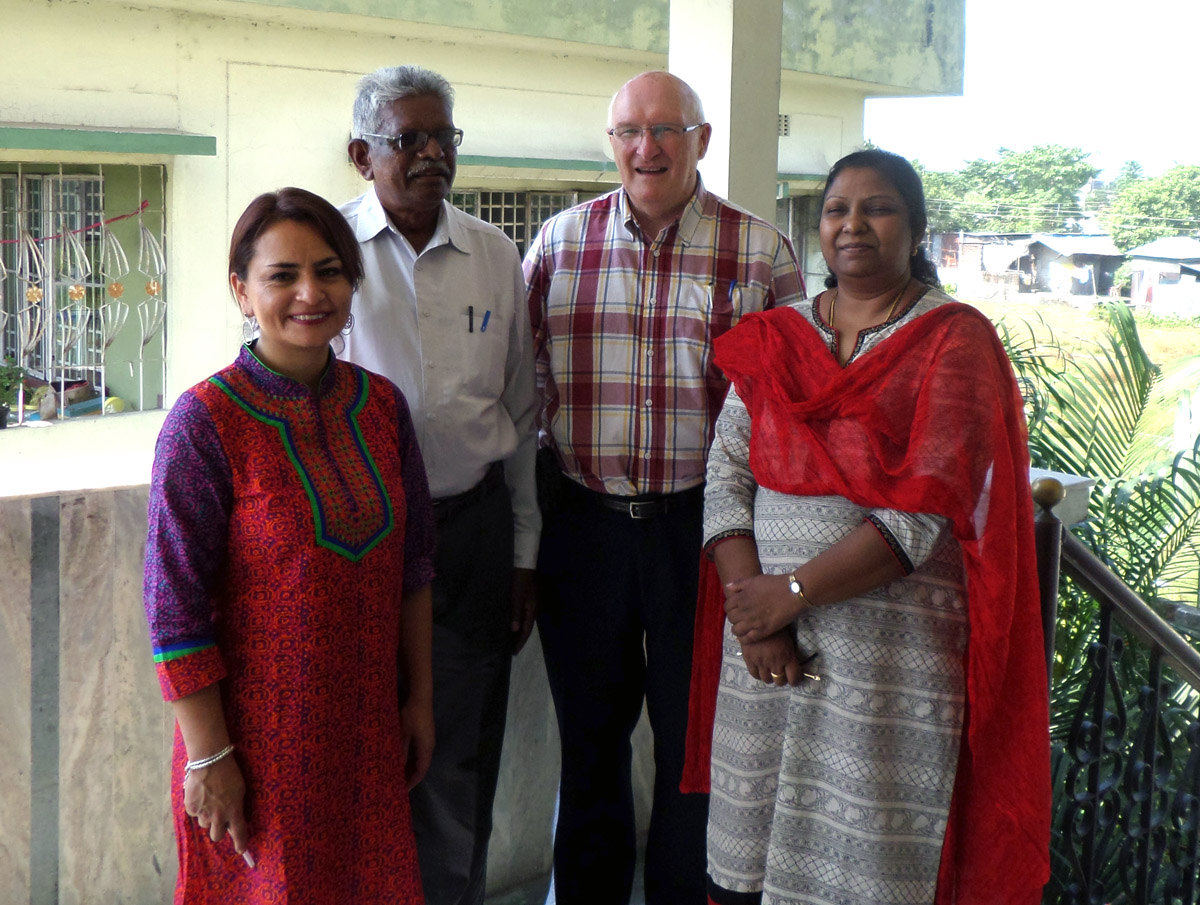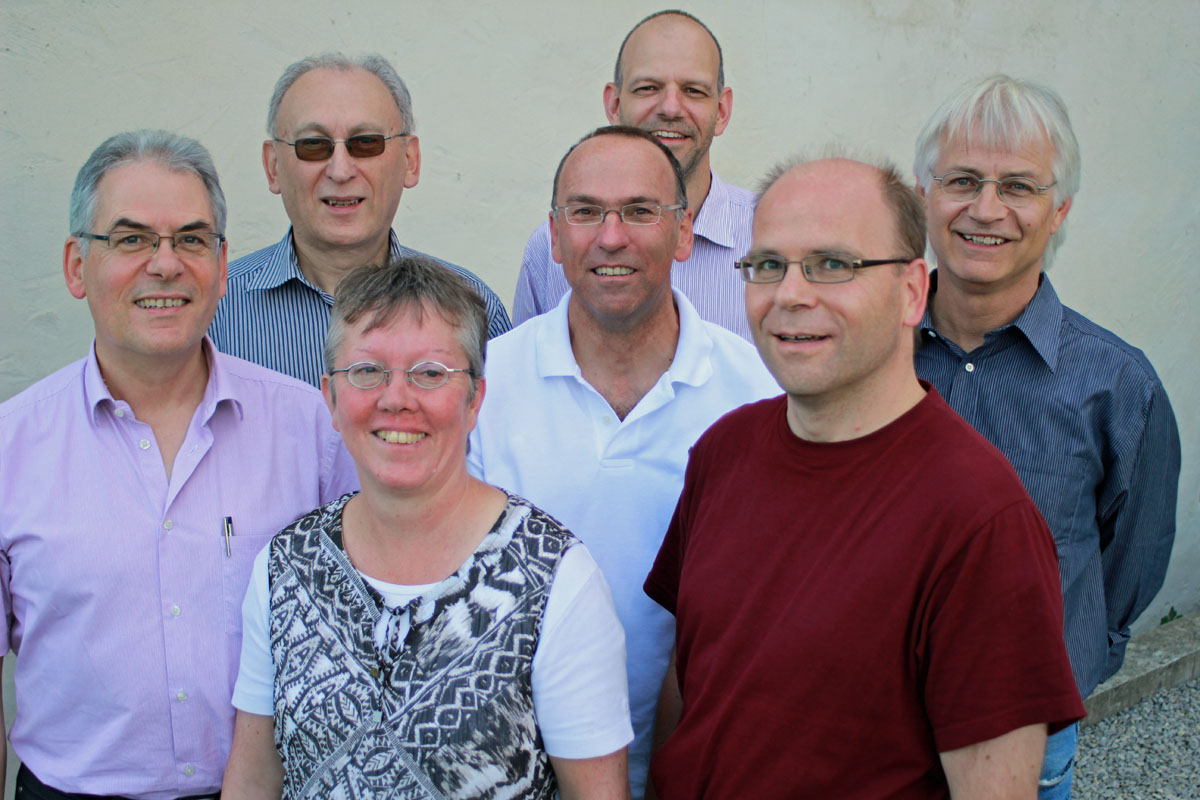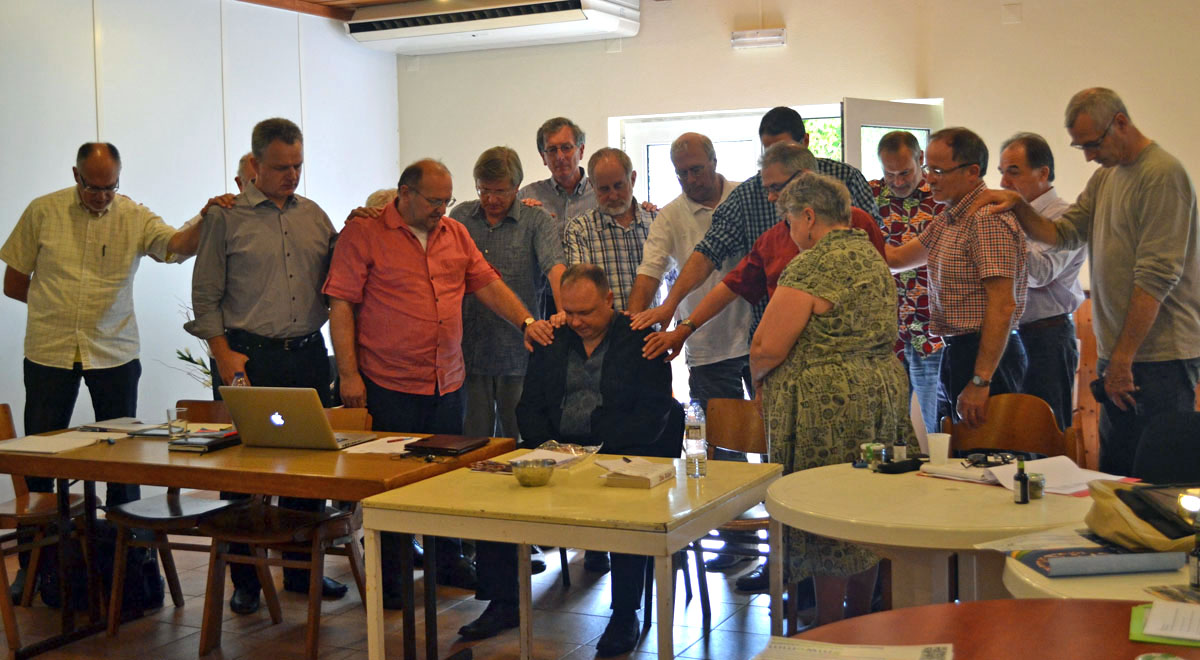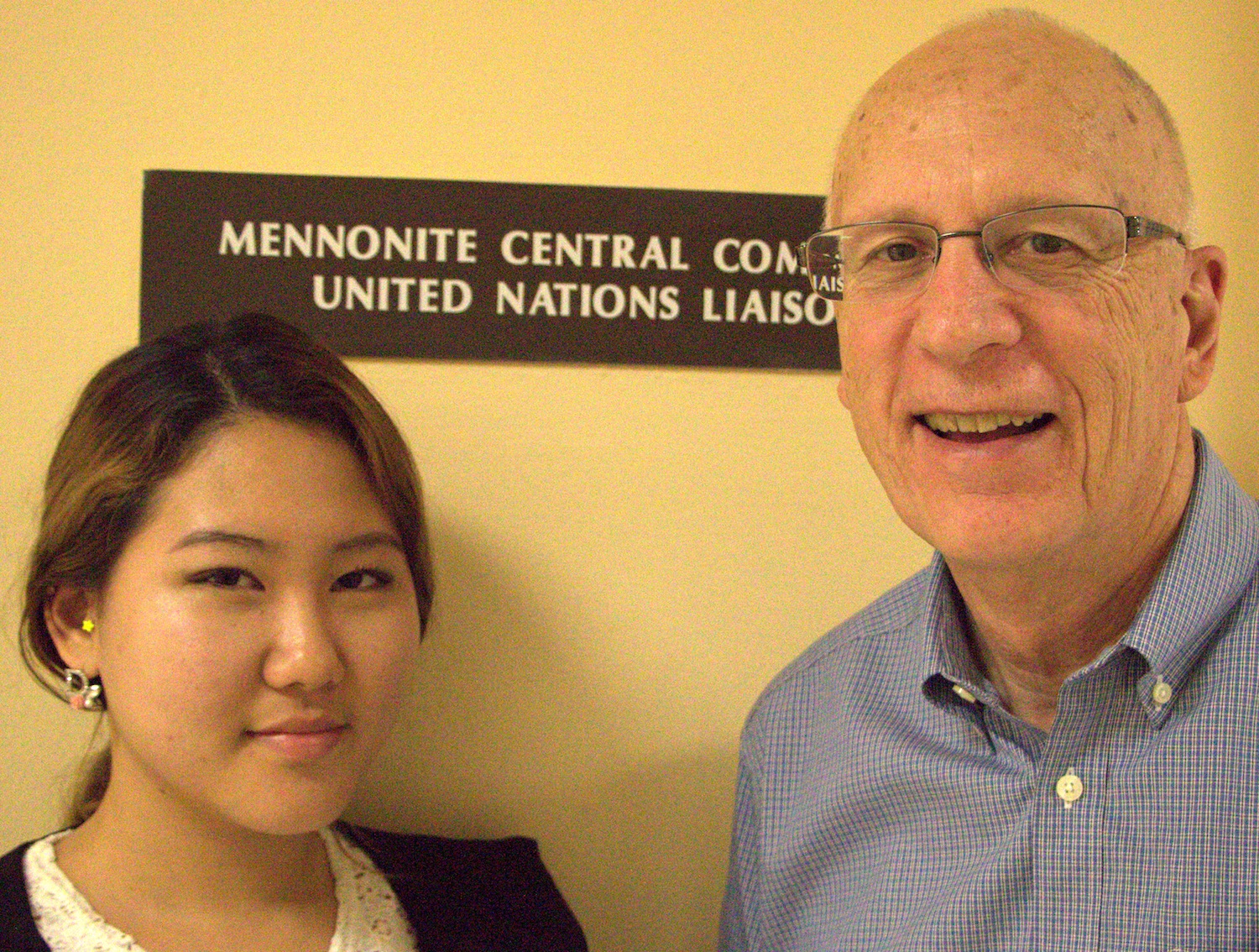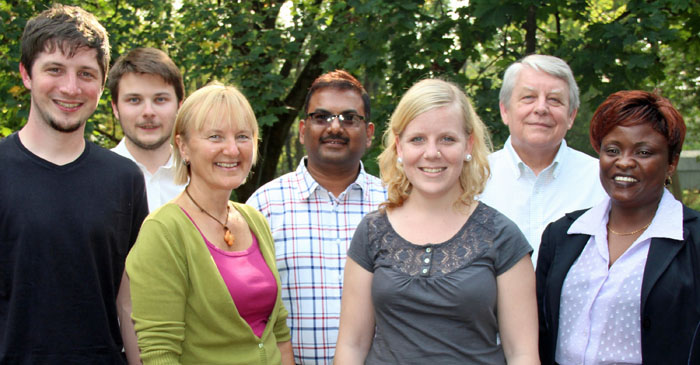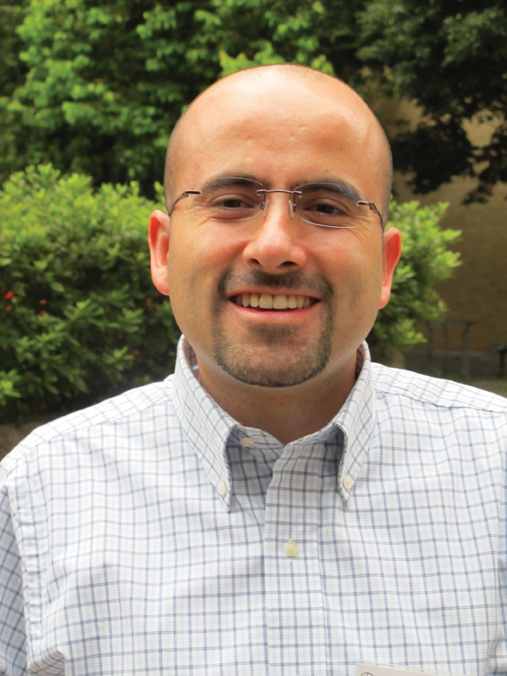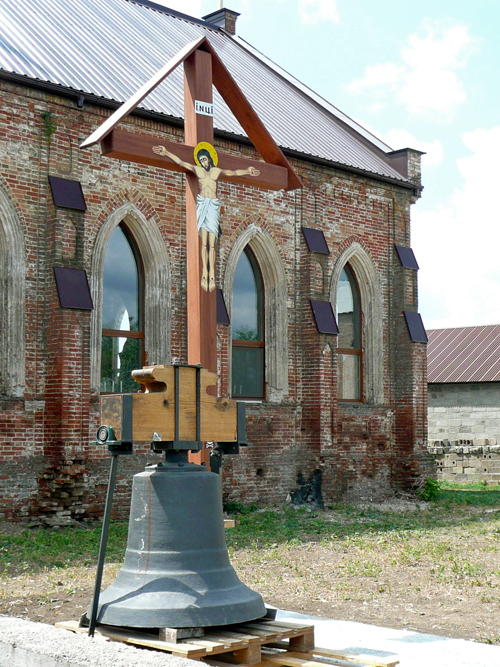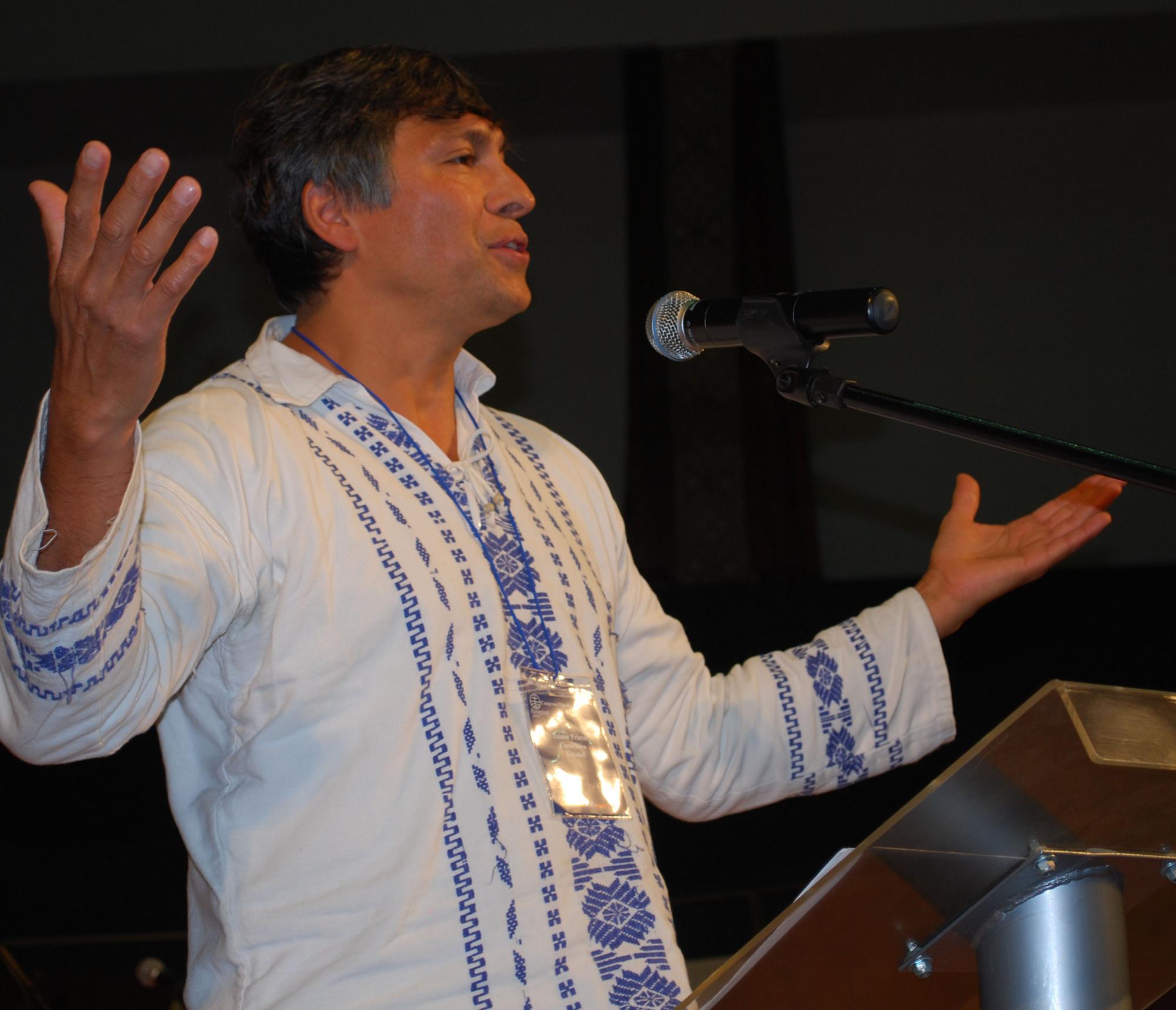-
Korean translation of What We Believe Together released
In early November, the Korea Anabaptist Press released a Korean translation of What We Believe Together by Alfred Neufeld, a 2007 publication in the Mennonite World Conference Global Anabaptist Mennonite Shelf of Literature. This was an initiative of the Korean Anabaptist Network. Kyong-Jung Kim, the Northeast Asia Representative for MWC, has distributed the book to…
-
Healthcare leaders plan international summit July 2015
Bogota, Colombia and Goshen, Indiana, USA – Leaders of Anabaptist/Mennonite healthcare institutions and healthcare professionals will hold a conjoint international meeting during an international leadership summit 20-21 July 2015, under the sponsorship of Mennonite World Conference and Mennonite Health Services. The summit’s sponsors state that leaders from Anabaptist/Mennonite-affiliated healthcare institutions have not gathered in this…
-
Preparing for PA 2015 – What you can do!
Harrisburg, PA, USA – In less than a year from now, our sisters and brothers from around the world, and from across North America, will be coming to Harrisburg to worship and fellowship with us. “PA 2015,” the Mennonite World Conference Assembly, will be held at the Farm Show Complex, July 21-26, 2015. “We expect…
-
Workshops strengthen Anabaptist identity in India
India – A jointly sponsored series of workshops have helped to strengthen Anabaptist identity across India. In a collaborative effort, the Mennonite Christian Service Fellowship of India (MCSFI), Mennonite World Conference (MWC) and Mennonite Central Committee India (MCCI) hosted a series of four workshops across India from 20 October to 3 November 2014. As a…
-
Using violence against violence? Statement from a peace church perspective
In the face of the terror caused by the IS militias in Iraq and Syria, Western nations have reacted with air strikes and deliveries of weapons. A reaction that, given the atrocities described, has been widely accepted – also increasingly in churches. Among the same churches that almost unanimously raised their voices in protest against…
-
Ukrainian Mennonite leader tells dramatic story about the power of prayer
Lisbon, Portugal – Roman Rakhuba, a leader of the Mennonite Church in Ukraine, shared the trauma of recent military actions in his country during his first ever participation in the annual gathering of leaders of European Mennonite conferences. He shared how the church is responding in the face of lost homes and a mandatory draft…
-
New intern brings Korean voice for reconciliation to UN
New York, New York, USA – JeaHyun Nham from the Republic of Korea (ROK/South Korea) is the latest Mennonite World Conference (MWC) intern to join the staff of the Mennonite Central Committee (MCC) United Nations Office. The intern is a joint appointment of MCC and MWC. Nham is a member of Jesus Village Church in…
-
Walking together while speaking different languages
Harrisburg, Pennsylvania, USA – “Isn’t English your first language?” Marius van Hoogstraten (Netherlands) asked Don McNiven (Canada), after a laughter-filled conversation about the proper spelling of the English word “future.” Both men are members of Mennonite World Conference’s Program Oversight Committee, which met in October to further plan the upcoming Assembly at the Farm Show…
-
García calls for ‘mission from below’ amidst shifting global realities
Chicago, Illinois, USA – “What would happen if, following the example of monastic orders, there would be a ‘vow of poverty’ in multicultural mission teams for everyone?” This question, posed by César García at the 22 January annual consultation of the Council of International Anabaptist Ministries (CIM), focused one of his proposals for how North…
-
Greek Catholics in Ukraine restore former Mennonite church building
Kitchener, Ontario, Canada – In Ukraine a former Mennonite church building is being restored and transformed – with the help of Canadian Mennonites – into a Greek Catholic church. This development, according to observers, is an example of Mennonite-Catholic collaboration in the spirit of other exchanges over the past decade or so. The Mennonite church…
-
Mennonite World Conference Assembly to meet in Pennsylvania July 21-26, 2015
Harrisburg, PA, USA – We Mennonites, Mennonite Brethren, and Brethren in Christ of North America have invited our sisters and brothers from around the world to come to Harrisburg, Pennsylvania, in a little more than a year from now—July 21-26, 2015. The event, Pennsylvania 2015, is Mennonite World Conference’s every-six-year Assembly, fondly known as a…
-
Local Tours Add Flavor to PA 2015 Experience
Harrisburg, PA, USA – Registrants for PA 2015 will be able to choose from 47 tours while attending the Mennonite World Conference Assembly, to be held July 21-26, 2015 in Harrisburg, PA. Ten full-day tours will take place on Monday, July 20. Registrants may choose among visits to Washington, D.C., Philadelphia, New York City, and…
